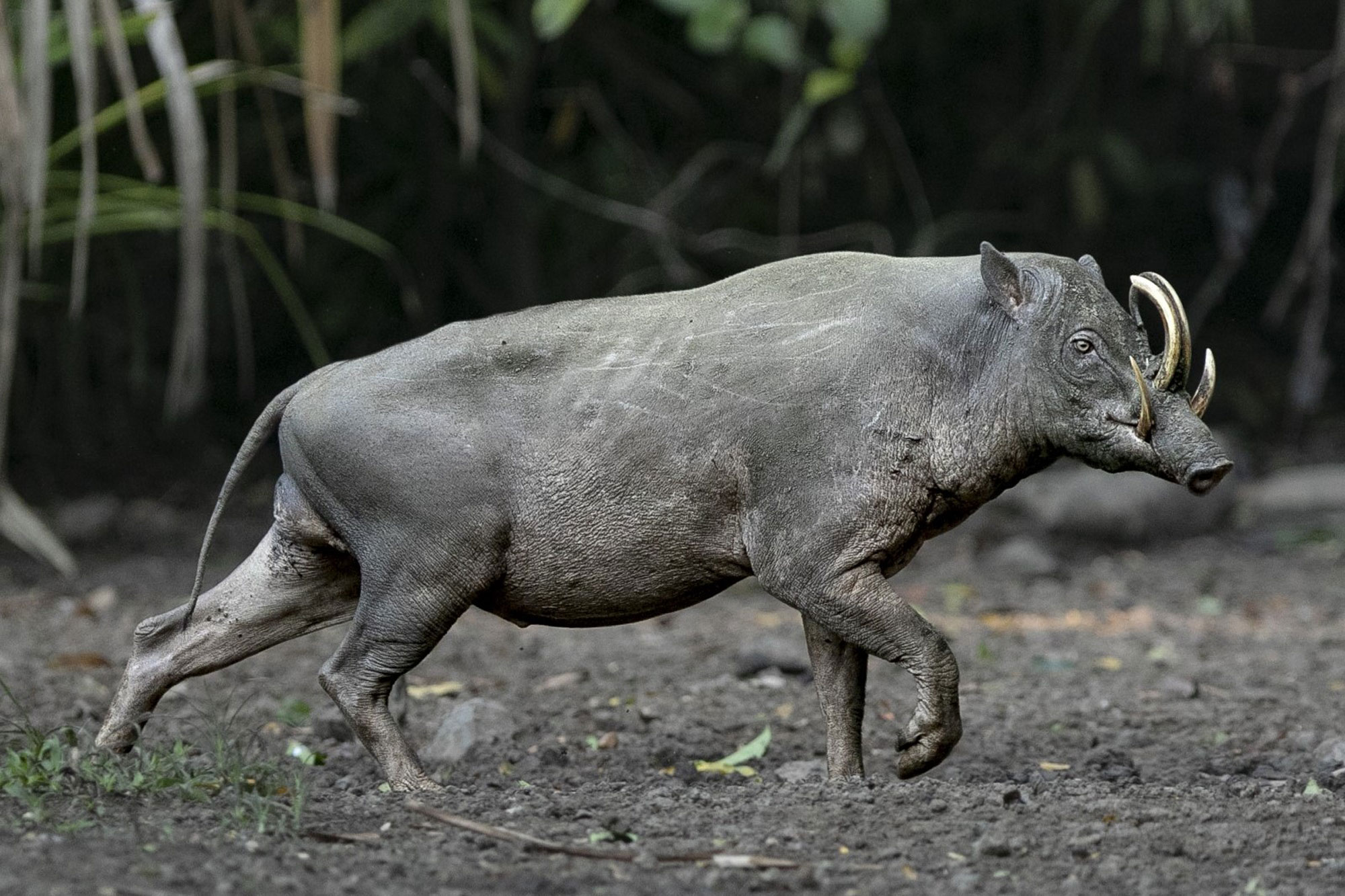Reader in Conservation Science, Dr Matthew Struebig, and his research team will characterise the environmental and social conditions associated with biodiversity loss in Indonesia, and uncover why forests are being emptied of wildlife, despite our best conservation efforts.
The unrelenting decline of wildlife due to human activity is a global conservation concern, but is particularly pervasive in tropical forests, even in intact and protected areas. Dr Struebig’s research group will confront this ‘defaunation’ issue using 25 years of data to build the most comprehensive picture of mammal and bird population change in Indonesia to date. Utilising cutting-edge spatial analyses, his team will reconstruct forest cover-history across this renowned biodiversity hotspot and profile changes in socioeconomic conditions across 40,000 villages. Combined, this data will unveil the socio-ecological conditions driving current defaunation and, crucially, help predict which forests could be emptied of wildlife next.
Both defaunation and the empty forest syndrome are driven by highly complex and interacting ecological and social factors. Wildlife declines as habitat is degraded, but also when habitat is lost in the wider landscape, even at otherwise intact sites. Immense changes in land-use and tropical biodiversity also occur in the context of major demographic and socioeconomic change, which places additional constraints on the ways people use landscapes and interact with wildlife. To date, our understanding of these processes is limited to localised ecological case studies, global syntheses and modelled scenarios using coarse resolution data. Research tends to be geographically biased to temperate areas and Latin America, leaving large parts of the world little explored.
The Leverhulme Defaunation Hub will provide the step change needed in our understanding of defaunation patterns over space and time: research at a regional scale, based on actual on-the-ground animal population data, which can tease out the relative effects of environmental versus social change on the defaunation process, and hence provide valid predictions for the future.
The interdisciplinary team will comprise postdoctoral- and postgraduate-level specialists in biodiversity,spatial statistics, remote sensing and poverty assessment. The team will focus their efforts in Indonesia, a tropical region central to global conservation and climate-change mitigation efforts.
This vast archipelago has fascinated scientists for centuries, inspiring Alfred Russel Wallace’s pioneering theories of biogeography and evolution. Working with an inspiring network of conservation professionals in the country, the Defaunation Hub will mobilise survey data on mammals and birds from Sumatra to Papua New Guinea and link these to spatial information on landscape and socioeconomic change. Spatial models will identify the most impacted areas, reveal critical developmental and environmental tipping points, and estimate the ecological and social consequences of future defaunation events.
The Levehulme Defaunation Hub comprises:
Postdoctoral staff
- Dr Nicolas Deere
- Dr Simon Mitchell
- Maria Voigt
PhD students
- Michaela Loh
- David Seaman
- Katie Spencer
- Natalie Yoh
Main image: The bizarre Sulawesi pig-deer (babirusa) is restricted to the island of Sulawesi. The species is declining due to trophy hunting and habitat loss, but a sizeable population hangs on in Nantu Forest, Gorontalo. Courtesy of Simon Mitchell.
[From the Leverhulme Trust Newsletter, February 2020.]

